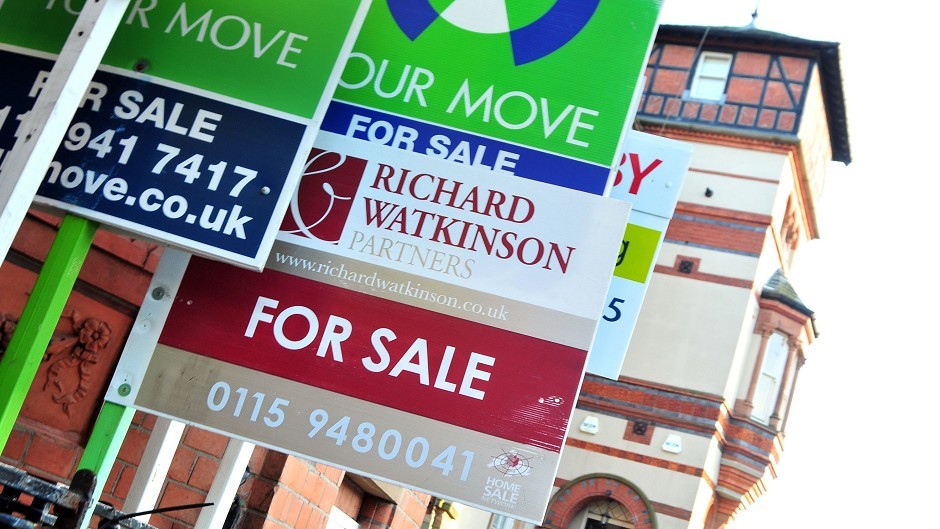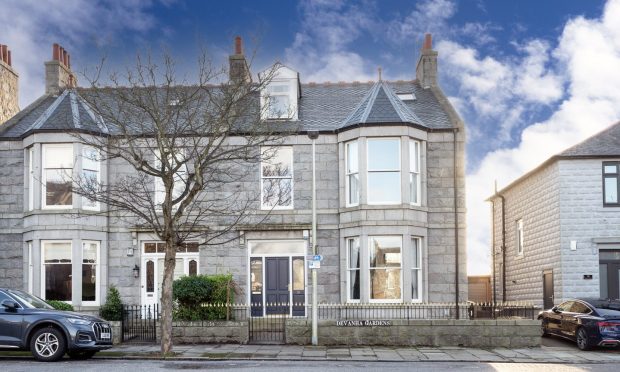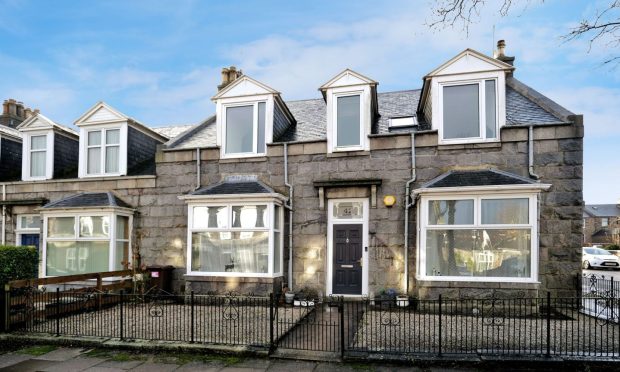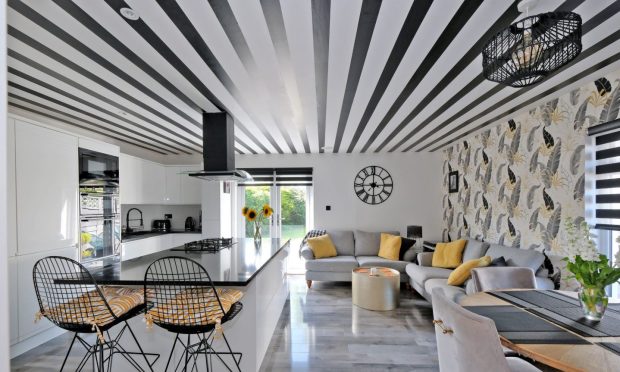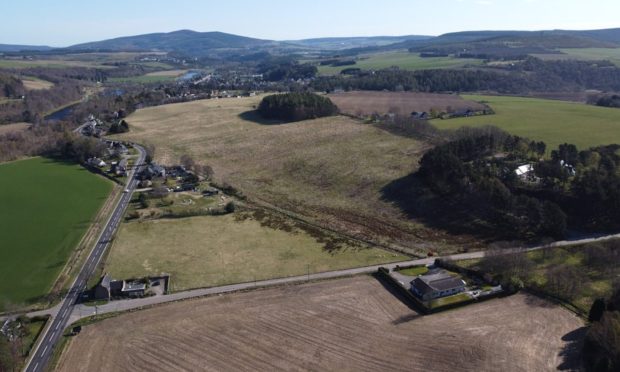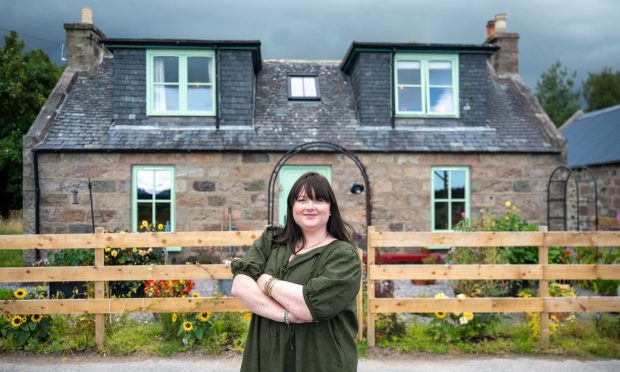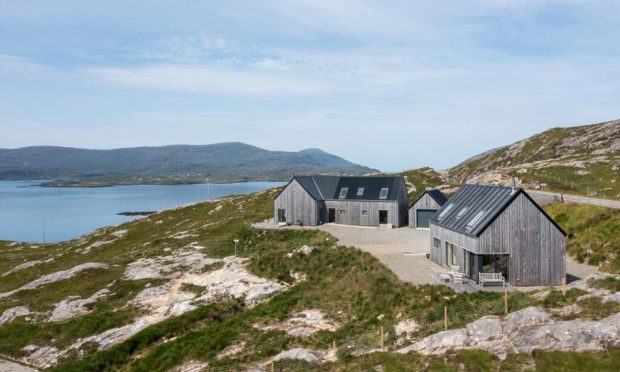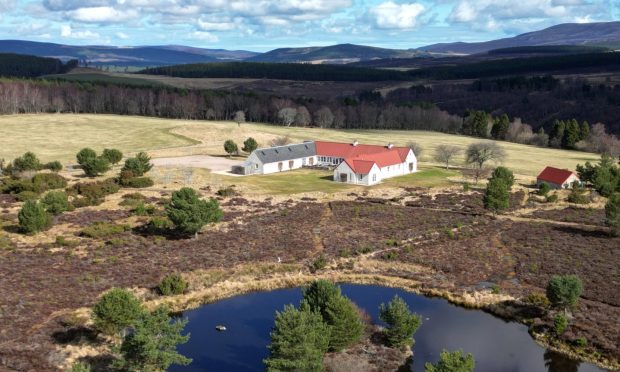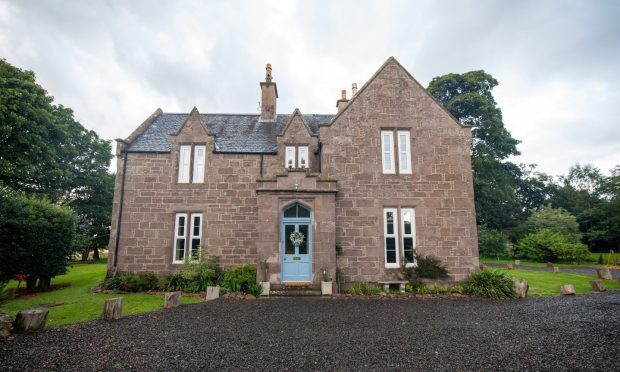House prices in Scotland fell for the first time in a year in August as the looming independence referendum hindered activity in the property market, according to a new report.
The average cost of a property fell by 0.2% to £164,210, the first drop since August 2013.
Prices fell in more than half of local authority areas across the country, including Edinburgh, Aberdeenshire, South Lanarkshire, East Dunbartonshire and Fife.
However prices were up 5.7% on the same period last year, according to the LSL Property Services/Acadata Scotland House Price Index for August 2014.
The prospect of the Scottish independence referendum in September hindered activity in the housing market, the report found.
Sales in August were 8% down on July 2014, though 7% higher than August 2013.
Gordon Fowlis, regional managing director of Your Move, said: “The powerful spell of growth cast over the Scottish property market was broken in August, as house prices fell for the first time in a year.
“At a time when property values across the rest of the UK were continuing to grow, Scotland moved against the grain and average house prices dropped across more than half the country – including Edinburgh, Aberdeenshire, South Lanarkshire, East Dunbartonshire and Fife.
“It’s been an unpredictable and momentous few months in Scotland’s history. In August, uncertainty was still rife over the outcome of the independence referendum, and this hindered the pace of activity in the housing market.
“Sales in August were 8% below the typical seasonal trend, as sellers shirked the market and buyers postponed purchase decisions until the dust settled. This trend appears more acute at the top tiers of the market, where there were bigger investments at stake, and there was an 11% drop in the number of homes sold across Scotland for over £1 million between July and August.”
First-time buyers have helped drive a rise in the number of transactions, with 60,000 properties sold in the first eight months of this year, up 17% on the same period in 2013.
Mr Fowlis said: “Flats are changing hands more furiously than any other property type on the market, as a wave of new buyers with more modest budgets clamber on to the housing ladder.”
At the top end of the market, 15 properties sold for more than £1 million in August – including nine in Edinburgh, two in Glasgow and one in Aberdeen.
Orkney saw the biggest monthly rise in prices in August, with a 6.5% increase, while on the mainland East Renfrewshire led the field with a 4.4% boost – and two properties in the area sold in August for £1.6 million and £1.4 million.
On an annual basis, prices have risen in 27 of the 32 local authority areas, which is three less than last month.
The area with the highest increase in average house prices over the year was Renfrewshire, where prices have risen by 17.0% to £130,456.
Detached homes in the county have seen an average price rise of £40,000 over the year.
Dr Peter Williams, housing market specialist and chairman of Acadata, said the impact of the referendum may be felt in the autumn months following the August figures.
He said: “Although there is evidence that transactions were 8% below the seasonal norm, which represents approximately 700 sales, the market in August 2014 was still robust, with purchases being 7% ahead of August 2013.
“We can perhaps expect a similar slippage in transactions in September as there is a time lag between a purchaser deciding to buy, and that transaction formally taking place.
“It will therefore be interesting to observe the number of transactions that occur in October, and to judge how the outcome of the referendum has influenced the housing market.”
